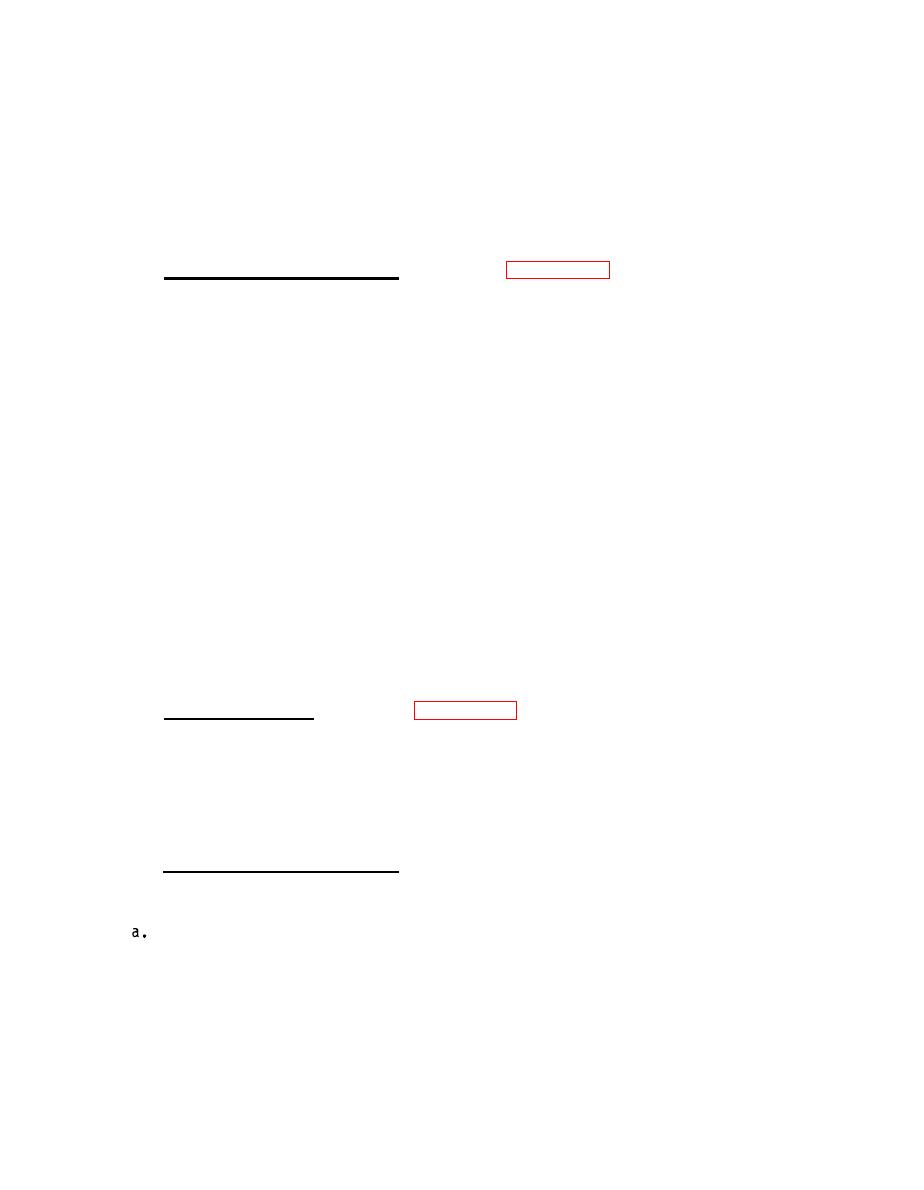 |
|||
|
|
|||
|
|
|||
| ||||||||||
|
|
 TM 32-5865-069-24&P
IDPSEL* and UIRENA* are gated out of the IDPL select logic circuit (U13C) as
IDPLENA*. This signal is used as the output control for registers U16 and U25.
The output from these two registers is IMMEDIATE DATA (IDDAT15-0). The outputs
from the remaining registers are: ADDRESS GENERATOR CONTROL, CONTROL SEQUENCER
INSTRUCTIONs, BUS SELECT, MWRCYC* (MEMORY CONTROL), and PIDLOAD*. These outputs
are controlled by UIRENA*.
diagram of A1O.
A1O receives data from the FFT data busses and generates address
information for A11. Thirty-two bits of IDDAT-BUS and BDAT BUS data are received
by memory data multiplexers (U19A, U25, U26, U37, U38). Sixteen bits of immnediate
data are buffered in U35 & U36. When AIDSEL* occurs, the buffers are enabled
allowing ADAT to be transferred onto the ADAT-BUS. BDAT BUS data is also routed
to multiplier logic circuit (U29, U30, U39, and U40). The data outputs from the
memory data mux are latched into the Memory Data Registers (MDR, U27 and U28) by
AGUCLKB and AGUIR1. The MDR outputs are sent to the Registered Arithmetic Logic
Unit (RALU, U4 thru U7) in 4-bit slices. The RALU receives nine bits (AGU18-0) of
instruction data from A8, four bits (RFA3-0) of read address from the multiplier
registers (used to select one of four registers in the RALU), and four bits of
read/write address from A8. The carry/shift logic circuits (U2, U8, U9, U1O)
receive five bits of shift/carry select (AGUSS2-0) and (AGUCS1-0) inputs from A8.
The outputs from the shift selection logic determine whether the registers in the
RALU shift up or down. A carry signal is generated by the carry select logic.
This is sent to the RALU for arithmetic operations. The data output from the RALU
consists of sixteen bits fed to the permute mux (U14, U15, U23, U24). These bits
are restructured in the permute mux and routed to the memory address register
(U21, U22 and U31, U32). In addition to the data output, four flag outputs are
sent to the processor flag register (U12 and U13). The outputs from the register
are PCARRY, PZERO, POFLW, and PSIGN. Sixteen bits of data are fed out as
MADDR15-O. The output from the permute mux is also fed to the return data
register (U16D, U33, and U34). Sixteen bits of data are enabled onto the ADAT BUS
on the next ARDRSEL*.
All. Sixteen bits of data from the ADAT BUS are fed to the memory. Eight bits
are loaded into the upper byte memory and eight bits are loaded into the lower
byte memory when the memory write logic circuit (U22) generates WRITE ENABLE.
Twelve bits of memory address are applied to the 4K x 16 memory from A1O. The
remaining 4 bits of MADDR are compared by U17 with 4 bits of BOARD ADDRESS. When
there is comparison, CHIP ENABLE is applied to both memory sections. Data from
memory is put on the BDAT Bus via buffers U20 and U21.
A12. A12 provides the 1/0 functions associated with FFT data processing as
follows:
Collects and decodes data from the CPU (P/O A7) used to control the opera-
tion of the IF down converter A14.
b. Converts ANALOG IN signals from A14 into the digital data required for
signal processing.
3-16
Change 1
|
|
Privacy Statement - Press Release - Copyright Information. - Contact Us |